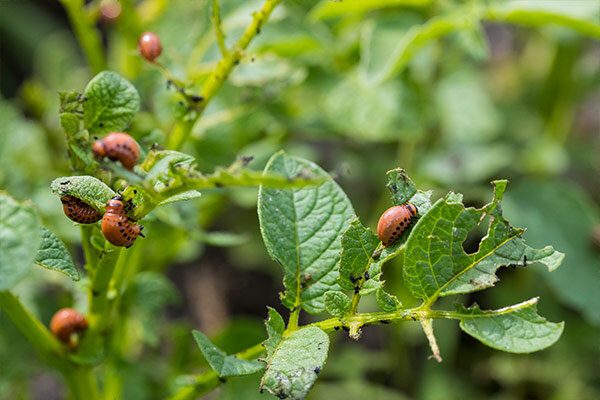Tree Healthcare Tips for This Spring
With the spring at last here in full form, it feels like the world is coming alive again. After another winter, the trees all around us are sprouting new leaves, preparing for the (hopefully) long summer ahead.
For those of us with trees on our property, we’ll get to closely experience how our trees flourish. Still, our trees aren’t in the clear just yet. As our trees grow leaves, they’ll be expending a huge amount of energy. At the same time, wildlife such as birds, rodents, and insects are returning, which can all impact your trees’ health during this vulnerable time.
Luckily, you can give your tree the boost it needs to thrive. Today, we’re discussing a few tree healthcare tips you’ll need to know for this spring.
Give Your Trees a Nutrient Boost with Mulch
One of the best ways to give your trees the boost they need during this critical time is with mulch. Tree mulch is a fantastic way to add essential nutrients to your tree’s diet, especially:
- Nitrogen
- Phosphorous
- Potassium
- Zinc
- Iron
On top of that, mulch has a variety of benefits beyond just the nutrients. Mulch also acts as a tremendous insulator for your tree’s roots, which helps your tree regulate temperature, conserve water, and grow faster. Mulch even acts as a defense mechanism for your trees, as it creates a barrier that weeds can’t cross.
Careful Cutting: Tree Trimming, Tree Pruning
Another great way to help your trees flourish is through careful tree trimming and pruning. Even though trees are incredibly adaptable, they don’t have many defense mechanisms for dead, dying, or diseased branches. But first, let’s talk about why there aren’t always alternatives to tree trimming.
Your trees can only take in so many nutrients. No matter how much mulch and sunlight they have, they can only take in as much food as their roots and leaves can handle. As a result, tree healthcare isn’t always about giving them more food—sometimes, it’s about reducing their nutrition expenditure. That’s where tree pruning comes in.
If your tree is struggling and has a mix of health and unhealthy branches, then it may be time to prune the unhealthy ones. Though it’s usually ideal if a tree can heal their branches over time, it might just not be possible. In the meantime, your tree weakens itself by sending valuable nutrients to a lost-cause branch. By removing a couple unhealthy branches, you can make your entire tree stronger and make sure the rest of the tree receives the nutrients it needs.
Contact Us Today for Your Tree Trimming Needs
Tree healthcare isn’t always a cakewalk. There’s an art to tree pruning and trimming—if you don’t know what to cut, where to cut, and how to cut, you could be harming your trees. That’s why you should reach out to our team of experienced professionals at American Arbor today. Click here to contact us for more information!


